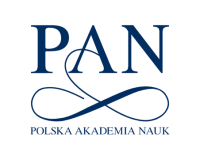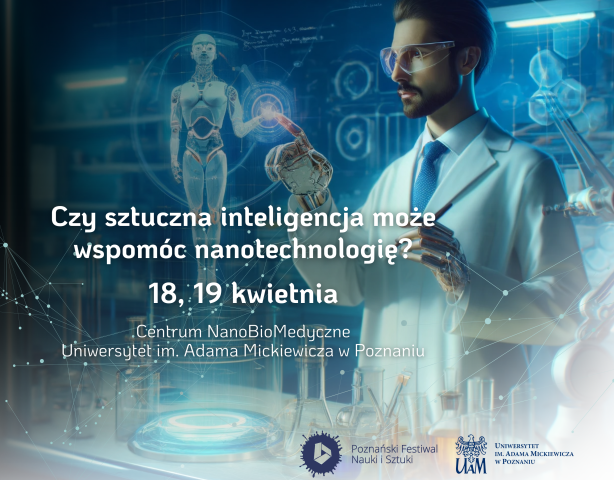Wiadomości
O Centrum
Centrum NanoBioMedyczne jest jednostką organizacyjną Uniwersytetu im. Adama Mickiewicza w Poznaniu, o statusie jednostki naukowej od 2018 roku, powołaną w partnerstwie z Uniwersytetem Medycznym, Uniwersytetem Przyrodniczym oraz Politechniką Poznańską i rozpoczęło swoją działalność w 2011 roku. Głównym celem CNBM jest prowadzenie działalności naukowo-dydaktycznej w obszarze nanonauki i nanotechnologii w ujęciu interdyscyplinarnym na poziomie doktoranckim, a także magisterskim.
- +200 projektów badawczych
- +10 laboratoriów
- +70 pracowników i doktorantów
Współpraca
-
 pan.png
pan.png -
 up_poznan-logo_trans.png
up_poznan-logo_trans.png -
 Universidade-de-Lisboa.png
Universidade-de-Lisboa.png -
 um-poznan.png
um-poznan.png










